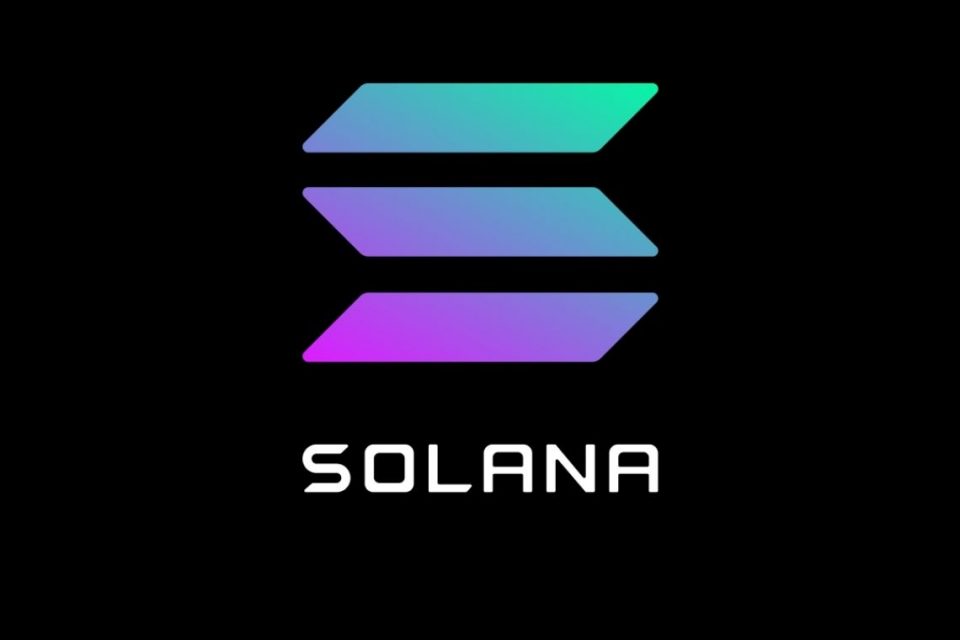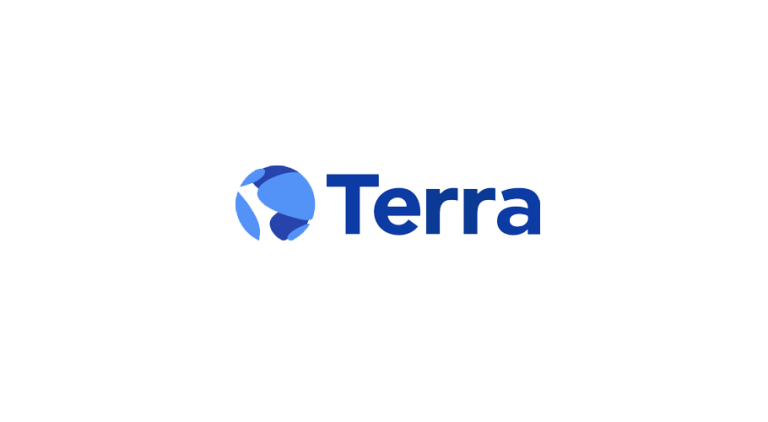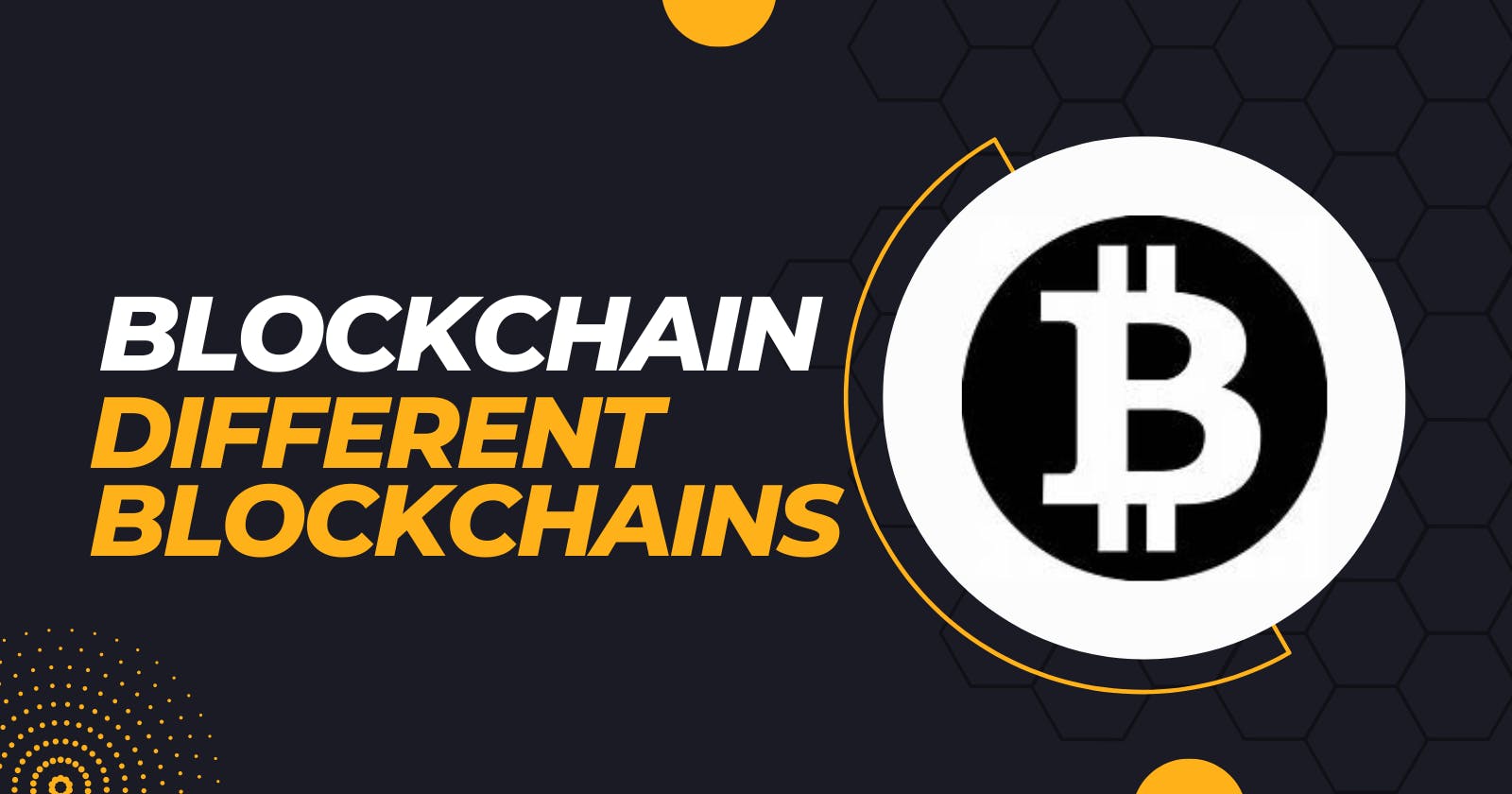SOLANA

Solana is a high-performance blockchain platform designed to support decentralized applications and cryptocurrencies. Solana aims to provide fast and secure decentralized solutions that can scale to accommodate a high number of transactions.
Key features of Solana
Scalability
Solana is designed to scale horizontally i.e. on increasing demand it can add more nodes to the network.
Throughput
It can process thousands of transactions per second, making it one of the fastest blockchain platforms. Solana utilizes a unique combination of technologies, including a proof-of-history (PoH) consensus mechanism to achieve high transaction throughput.
Proof-of-history allows you to create a historical record that shows that a transaction took place at a certain moment in time. This requires only one CPU core thus Solana makes processing faster and lighter.
Decentralized Finance
Many DeFi projects, including decentralized exchanges (DEXs), lending platforms, and stablecoins, have been built on the Solana blockchain due to its speed and low fees.
read the documentation: https://docs.solana.com/
TERRA

Terra is a blockchain platform that focuses on creating a stable and scalable ecosystem for decentralized applications. Terra aims to provide a stablecoin infrastructure that is pegged to various fiat currencies and can be used for everyday transactions.
Key features of Terra
Stablecoin Ecosystem
One of the core features of Terra is its stablecoin ecosystem. It has its native stablecoin called TerraUSD (UST), which is designed to maintain a stable value by being pegged to the value of the United States dollar (USD). The stability is achieved through an algorithmic mechanism.
Multiple Stablecoins
In addition to TerraUSD, Terra supports multiple stablecoins pegged to various other fiat currencies, such as TerraKRW (Korean Won), TerraMNT (Mongolian Tugrik), and more. These stablecoins enable users to transact in their local currencies.
Decentralized Finance
It offers various DeFi applications, including decentralized exchanges (DEXs), lending platforms, and synthetic asset protocols. These applications leverage the stablecoin infrastructure provided by Terra, enabling users to engage in efficient and secure financial activities.
EVM Based
An EVM (Ethereum Virtual Machine) based blockchain refers to a blockchain platform that is built using the Ethereum Virtual Machine as its runtime environment.
EVM based blockchains
Ethereum
Ethereum is the first and most well-known EVM-based blockchain. It introduced the concept of smart contracts and remains the largest blockchain platform for decentralized applications, enabling developers to build and deploy dApps.
Binance Smart Chain
Binance Smart Chain is an EVM-compatible blockchain developed by the cryptocurrency exchange Binance. BSC aims to provide a high-performance blockchain with lower transaction fees compared to Ethereum.
Polygon
Polygon is a scaling solution and EVM-compatible blockchain that aims to enhance the scalability of Ethereum. It provides a framework for building and connecting Ethereum-compatible blockchain networks, enabling faster and cheaper transactions.
Avalanche
Avalanche is an open-source platform that supports the deployment of dApps and custom blockchains. It uses the EVM to execute smart contracts
Fantom
Fantom is a high-performance, EVM-compatible blockchain designed to provide fast and scalable decentralized applications.
L2 Blockchains
Layer 2 blockchains, also known as Layer 2 solutions or off-chain solutions, are scalability solutions that aim to address the scalability limitations of Layer 1 blockchains like Ethereum. These solutions work by moving some transaction processing or computation off the main blockchain, reducing the load on the Layer 1 blockchain and increasing transaction throughput.
